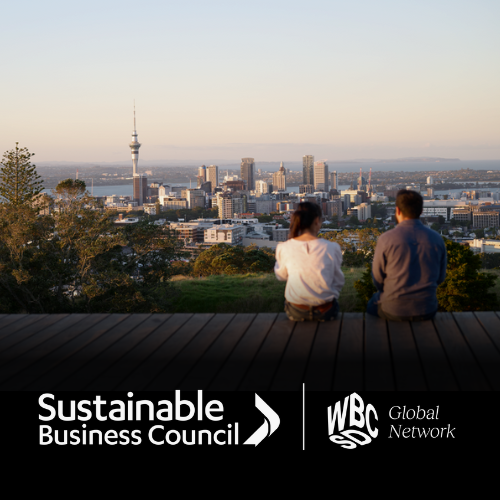How do you know what’s up next in sustainability?
New sustainability issues and consumer trends are emerging with increasing speed and frequency, in New Zealand as around the world. Rob Perry looks at how New Zealand companies can get better at anticipating and preparing for these issues, while also looking ahead for emerging opportunities.
New sustainability issues and consumer trends are emerging with increasing speed and frequency, in New Zealand as around the world.
Concern around plastic bags and then straws took retailers and cafés by surprise, and concern about single-use coffee cups are another symptom of the movement towards zero waste.
Other emerging issues, from the aging society, to disruptive technologies such as artificial intelligence and the increase in popularity of micro mobility such as e-scooters, could have direct or indirect effects on the way you do business.
We’ve talked before about how fast these issues emerge, and that New Zealand companies need to get better at anticipating and preparing for these issues, while also looking ahead for emerging opportunities.
Implementing sustainability principles and practices is one way to help your business navigate the issues and speed of change – because sustainability is inherently long-term. It also gives you the tools to think broadly about the issues affecting your business now and in the future, such as shifting demographic trends, and changing skills needs.
Given the urgency of the challenges, learning from the past is not good enough as it only gives us incremental change.
Tools for seeing the future
Foresighting is one way that can boost a business’ understanding of possible futures. It enables us to look at a preferred future based on “what is possible” not “what is likely” and then to consider “what do we need to do to prepare for that future?”.
For example, Ports of Auckland (POAL) is planning for the long-term future of the port – a future which embraces innovation, and not just the effects of automation. Any change can be unsettling, so POAL have used foresighting to help engage staff and other key stakeholders to explore what the port of the future could look like, and to develop a comprehensive change programme to prepare for that future.
The Three Horizons Framework, developed by McKinsey and Company management consultants, is an example of a foresight tool that assists in balancing the current perspectives of an organisation with its needs for the emerging future. The Framework provides a structure for companies to assess potential opportunities for growth without neglecting performance in the present. It is a way of working with transformational change, and helps teams to engage in constructive dialogues that challenge existing mindsets; it frames the discussion in terms of the shift from the established perspective of the first horizon to the emergence of new values in the third, via the transition activity of the second.
For example, looking at the issue of climate change using the Three Horizons framework, could mean answering the following questions:
- What do you see around you (Horizon 1) that indicates that our organisation is failing to address the climate challenge?
- What will be different about the organisation (Horizon 3), when there is systemic support and capacity for carbon reduction plans?
- How do we activate and support innovations in sufficient quality and quantity for them to meet our climate challenge? (Horizon 2)
- What initiatives do you know about (anywhere in the world) that are helpful in building capacity for transformational change? (Horizon 2)
Uncertainty needs partners, and SBC member thinkstep is one: a sustainability consultancy helping businesses with their long-term planning to succeed sustainably.
Says Jeff Vickers, Technical Director, “Integrating strategic foresight into today’s sustainability business planning helps us to shape tomorrow’s outcomes.”
In our fast-paced world, tackling today’s challenges with the same thinking used to create them will only ensure you’ll fall further behind. Businesses that embed foresight into long-term strategic planning will be better equipped to meet the growing demands and expectations of regulators, investors, customers and employees.
By Robert Perry, Sustainable Leadership Manager, Sustainable Business Council
This article was originally published in BusinessPlus.
Contact: Robert Perry, Sustainable Leadership Manager
Phone:
Email:

